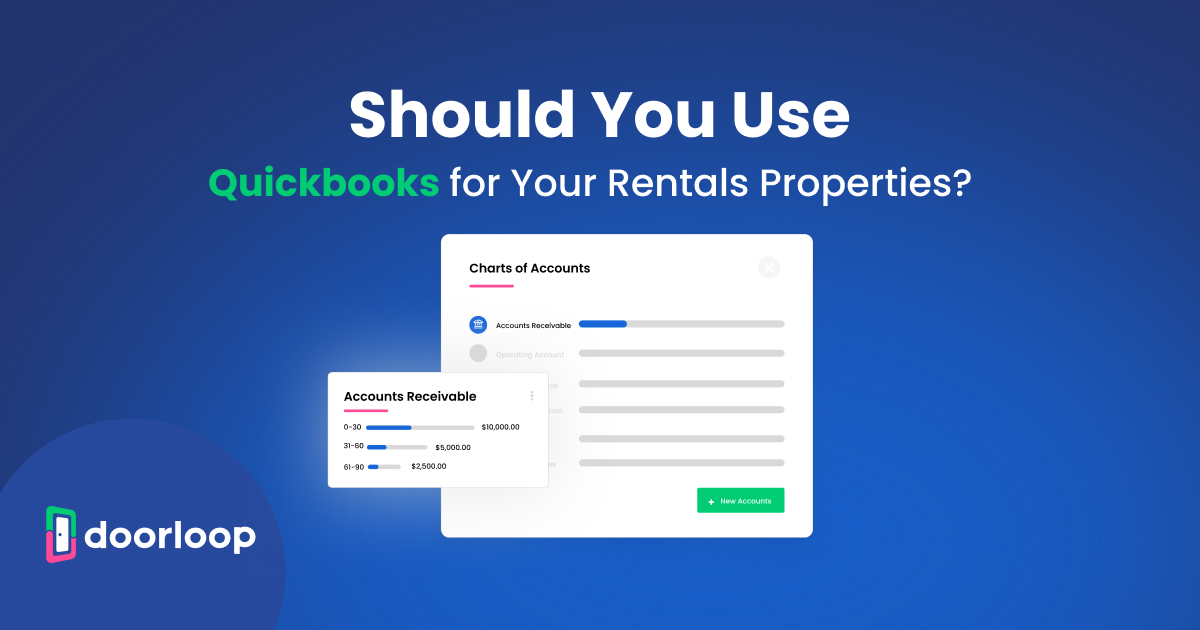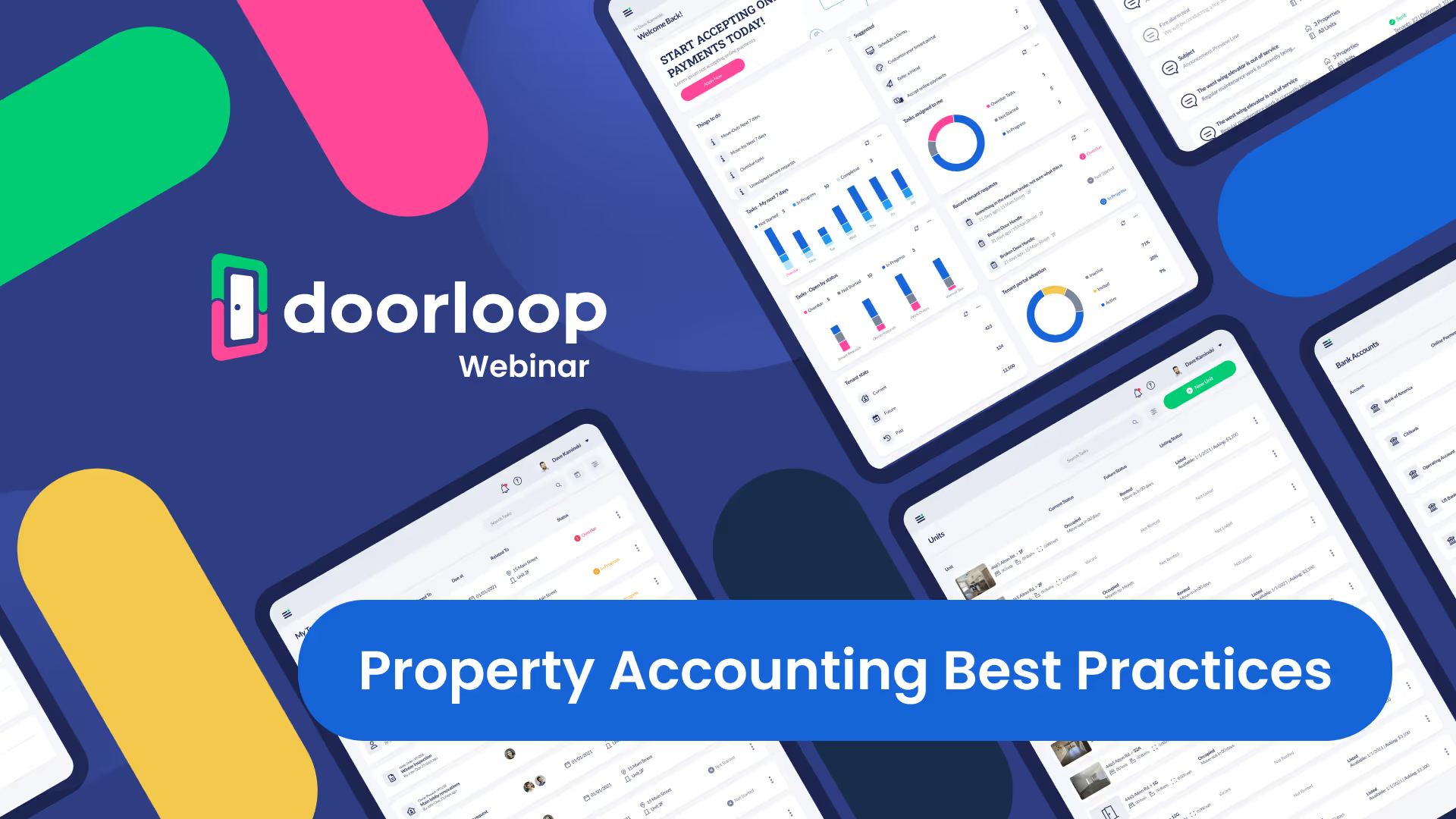Investing in real estate is exciting and full of opportunity.
Finding an investment strategy that works for you is important- and understanding the ins and outs of what it means financially is make or break for your portfolio.
The BRRRR method is a popular choice for real estate investors looking to get into the rental property market and build their portfolios- but what does it mean, how do you calculate it, and how do you utilize it effectively?
Here is everything you need to know.
What Is the BRRRR Method?
BRRRR stands for buy, rehab, rent, refinance, repeat. It refers to an investment strategy for those who want to grow their property portfolio.
Unlike house flipping strategies that involve buying, improving, then selling properties- using the profits to buy the next one- the BRRRR method lets you hold onto your investments but still have the extra capital required to make a new investment.
Here is a closer look at each step.
Buy
The cycle begins as you may expect- with the investor buying a property.
It doesn't work just buying any property, though- you need to buy below market value to leave room for sufficient profitability.
BRRRR investors are looking for at least a 25% increase in value by the end of the process, so they tend to look for wholesale deals, distressed homes, hoarder houses, foreclosures, or REOs.
Rehab
Rehabing a property is all about renovations and improvements to get it in a good condition that is slightly better than similar properties in the area. The goal is to rent them, not sell them- and the budget is strict when using this method.
BRRRR investors want to spend as little as possible on the rehab process to get it to the standard they need it to be at. To do that, they must be very deliberate and methodical with the improvements they choose.
They look at the things that can add the most to a property's value long term without spending more than the BRRRR method allows.
Rent
Once the rehab is finished, it is time to find a tenant for the property and start earning rental income.
It is important to do this as quickly as possible to avoid hold-ups and stop the cost of maintaining a vacant property eating away profits and budget.
You also want to make sure your tenant is reliable- so you can count on the rental income stability for a while.
The BRRRR method cannot be fully optimized with vacant properties or properties not generating rental income.
Refinance
Next, you refinance the property. Depending on the lender you go to, you can often get 70-80% of a property's appraised value in a cash-out refinance.
This step involves getting the property appraised after the improvements to establish what it is not worth.
If you have used the BRRRR method correctly and there have been no sudden shifts in market conditions, it should be worth at least 25% more than you bought it for.
By refinancing your property for cash, you can receive a large chunk of money to fund the next project.
Repeat
When you have the refinance cash, it can be used as the down payment on a new low-cost property and pay for the necessary rehab. Whatever you have left over can go towards paying off the loan balance on the previous property to reduce monthly mortgage payments.
You start all over again, adding a new property to your portfolio and leaving the previous one to generate rental income that can gradually pay off what is left of the mortgage.
What Does a BRRRR Calculator Do?
Some BRRRR calculators are more complex than others, but they essentially help you determine how much you can spend on a property to hit your goal.
They take lots into account including monthly cash flow, operating expenses, the cost of rehab and renovations, your property management fee, property insurance, property tax, and much more. The calculation boils down to this:
- After Repair Value (ARV) x 75% = Total Investment Budget for BRRRR
What Impacts BRRRR Calculations for a Rental Property?
Let's take a closer look at the variables and what affects them.
The After Repair Value
BRRRR only works if you leave enough room for profitable gains. The golden rule is never to spend more than 75% of the estimated after-repair value.
Of course, estimates are never guaranteed, which is why investors need to be frugal with their spending when they initially invest and are managing the renovations.
If you find a property for $70,000 that has an after-repair value of $180,000, you could spend (in theory) up to $65,000 on the rehab process. The calculation looks like this:
- ARV $180,000 x 75% = $135,000
- $135,000 - $70,000 initial investment = $65,000
You would also need to cover other expenses such as closing costs and legal fees using that budget.
Closing Costs
The higher the closing costs, the less money you have to spend on improving the property and increasing its value.
There isn't much you can do about this as part of the strategy, but you need to bear it in mind when considering potential investments.
Market Conditions
BRRRR calculations are made based on an estimated after-repair value (ARV)- assuming the renovations are successful, but the market conditions can interfere.
Before you can repeat the BRRRR loan process, you need to have your property re-appraised, and depending on the market conditions, the increase in value may not be what you wanted it to be. This can impact your next property, as you will not be able to borrow as much money.
What Does a Good BRRRR Investment Strategy Calculation Look Like?
A good BRRRR strategy uses the calculator and does not deviate from the plan. Spending more than 75% of the AVR on investment and improvements throws the whole thing off and can get in the way of your long-term success.
Look for properties that fit the profile, be smart with the renovation, and find reliable tenants. It is also better to use the refinance cash to pay off at least some of the existing mortgage to start generating pure profit from your rental properties sooner.
Other Things to Know about BRRRR for Real Estate Investors
If you want to BRRRR but don't have the cash to put into the first property, you may consider getting it from hard money loan points. Hard money lenders or private money lenders give the upfront cash in exchange for a higher interest rate than you would normally find.
The additional costs need to be factored into the calculations, as the extra interest will cut into the profit, but it is sometimes the only way to get the ball rolling.
DoorLoop: The Ultimate Tool for Property Investors, Managers, and Landlords
When it comes to managing rental property, nobody does it like DoorLoop.
This comprehensive software streamlines everything to make property management in the rental space more efficient, convenient, and profitable.
At the renting stage of BRRRR, having a reliable tool to keep things running smoothly and track rent payments is a must. Other ways it helps during the BRRRR process include:
- Market your properties through Zillow and Trulia
- Screening tenants to find high-quality, reliable renters
- Helping you monitor cash flow and track finances
- Managing your entire property portfolio in one user-friendly space
- Offering several calculators to help with planning
Get your free demo today and learn more about what DoorLoop can do for you!
Summary
If you get the BRRRR method right, you can build your portfolio from one initial investment and start generating income through monthly rent, paying off mortgage balances, and expanding your reach in the real estate business.
Whether you start with hard money loans or your own capital, investing through the BRRRR method can be lucrative, but you need to be careful and stick to the numbers.
Using real estate calculators can help you keep track of many things and make it easier to stay successful when using this method.
































.svg)
.svg)

